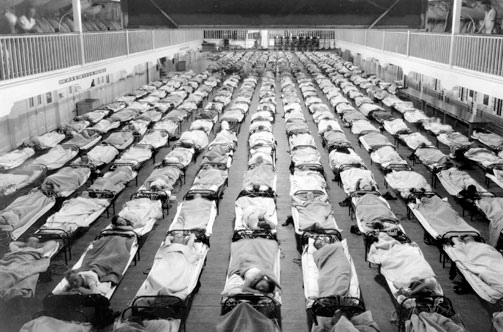Get Easy Health Digest™ in your inbox and don’t miss a thing when you subscribe today. Plus, get the free bonus report, Mother Nature’s Tips, Tricks and Remedies for Cholesterol, Blood Pressure & Blood Sugar as my way of saying welcome to the community!
Flu shot: Don’t put your eggs all in one basket

As a doctor in an Urgent Care this winter, I’ve seen many cases of influenza this season. These people have come in pretty sick with fevers, muscle pains, headaches, nausea, and exhausting fatigue. I’ve felt glad we have drugs to help them feel a bit better. But despite pain relievers and IV fluids, there’s not much modern medicine can do get people well quickly and back to work. In fact, many people were disappointed that their flu shot did not protect them from getting sick with influenza.
In previous years the flu vaccine has been estimated at 50 to 60% effective. However, last season the CDC reported 1 the overall vaccine effectiveness to be only 19% protective against influenza. This means the vaccine reduced the risk of a person having to seek medical care for flu illness by 19%.
I’m not really against flu shots per se. However, I am against blanket recommendations that all should get a flu shot while failing to teach about better ways to prevent the flu (and many other illnesses along the way!). In my estimation, the flu vaccine carries its own risk of pain from the injection, flu-like illness (which I experienced), and exposure to mercury, aluminum, and formaldehyde. 2 But more importantly, the flu shot alone falls far short of what you can do yourself to protect against flu illness (I’ll discuss in my next article).
Even the CDC scientists wisely point out that vaccine effectiveness can vary depending on a few things. One factor is how similar they can make vaccine to the actual influenza virus circulating among the people (which changes year to year). The other factor depends on “the age, health, or immune status of the person vaccinated.” So let’s look closer at the flu, your health and immune status.
Influenza
On average, every year in North America 5–20 percent of the population catches the flu, 200,000 people become hospitalized, and amazingly, 36,000 people die from it! Let me give some influenza virus background. Influenza viruses are classified into types A, B, and C, with type A causing most influenza epidemics.
You may have read the grim reports of the 1918 Influenza pandemic — how it took the lives of so many. Did you know that it started in rural Kansas with military draftees who took it to an army base in Kansas and then to masses of military men who were constantly in close quarters, having relatively low nutrient-rich food? They were also no doubt troops under big-time stress as part of the American military movements were being moved towards the Western Front. Only about 1% of those who were infected died.

The image above was taken at a naval training station in California; the sign on the left hand balcony prohibits spitting, to prevent the spread of the influenza virus.
Treatment
The treatment of influenza consists of acting quickly to fight the flu virus and detoxifying your body through cleansing when symptoms arise. After you achieve early treatment as described below, then consider relief of symptoms. Don’t just use pain relievers and symptom suppressants alone. Using these alone can allow the virus to replicate in their bloodstream unchecked. Why? The reason you have symptoms is a result of your body protecting you by making mucous, pain so you will rest, and loss of appetite so you will not eat junk food!
If the flu gets serious you must be able to recognize a rapid progression of respiratory symptoms and to go to an emergency room or well-equipped urgent care for help. There you can receive medical intervention before you are in danger. Among other treatments, you would likely receive the following:
- IV fluids to maintain optimal mineral/electrolyte and fluid status
- Anti-inflammatory medications to stop your lungs from filling up with fluids (corticosteroids)
- Oxygen and bronchodilators to open the lungs for oxygenation
- IV diuretics to keep unwanted fluid from building up in the lungs and other organs
- Nasal swab to test for the flu strain
Treating influenza with the antiviral medication, Tamiflu® has been shown to decrease your illness by 2 days. 3 According to the CDC, “Influenza viruses can become resistant to these drugs, so these medications may not always work. Additional studies are needed to demonstrate the effectiveness of these medicines.” The question remains to be seen whether Tamiflu has any value at all. The preventive measures of early detection of symptoms with quarantine, hand-washing, and the immune-strengthening measures outlined above will do far more for you than to only rely on the effect of Tamiflu.
To healing from within,
Michael Cutler, M.D.
Easy Health Options












